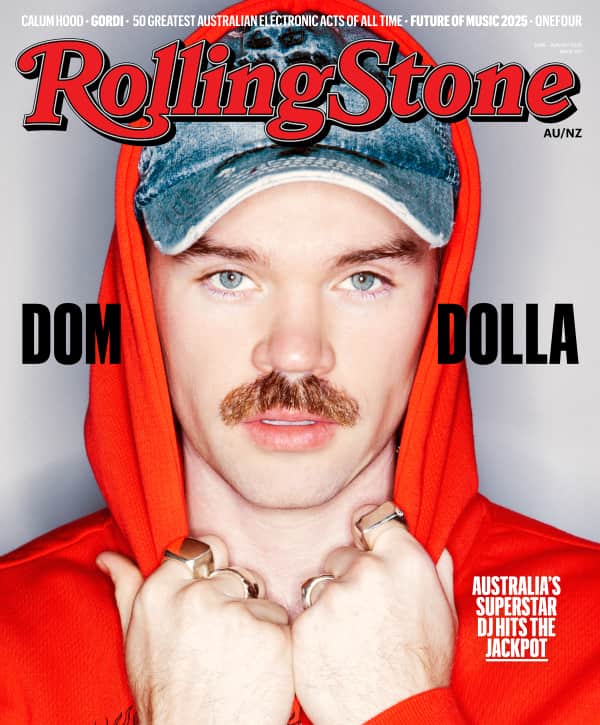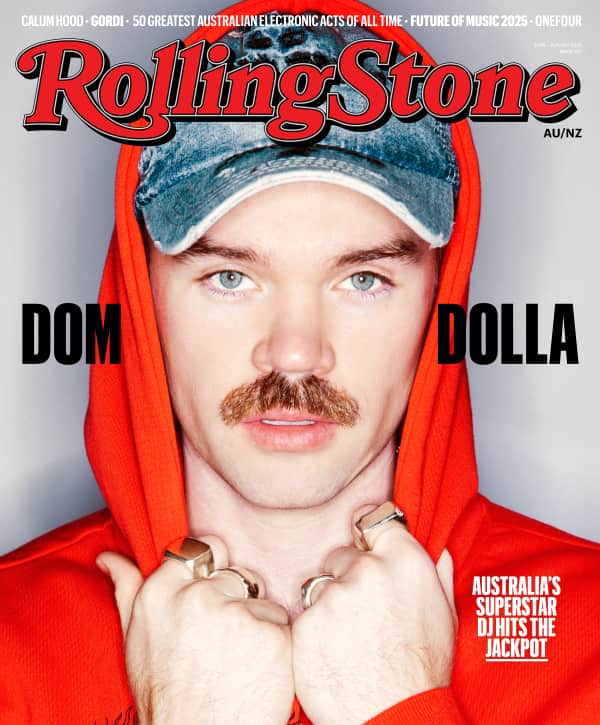Trigger warning: The following article contains references that may be triggering to survivors of sexual assault. If you’re struggling, please know help is available to you, contact Lifeline on 13 11 14.
The crowd erupts into hysterical laughter as Rebecca Edwards belts out the iconic sax solo of INXS’ “Never Tear Us Apart” on a tinny kazoo. She steps off the stage at the local pub with a euphoric glow, the result of nailing her performance but also a ridiculous idea.
Elation soon turns to anxiety-induced adrenaline when Edwards bends down to pack up her guitars and feels a hand orbiting the clasp of her bra. As she snaps her head around, the man jibes “your kazoo playing was untastefully loud.”
Edwards calls him out on his unsolicited touching. He pushes back, declaring he can put his hands wherever he wants, before he hurls a few more insults loaded with profanity and storms off.
This kind of sexual violence – opportunistic and intimidating harassment – is all too familiar to Edwards.
Even men who declare themselves fans of the 50-year-old’s music will often grab at her and, when she calls them out, will say that they are merely showing “appreciation” of her talent.
“Unwanted back rubs, ‘accidental’ boob grabs, the hands on my butt – well none of those are using your words to say you like the music,” the rock singer-songwriter, who is recording her first solo album, says.
Love Music?
Get your daily dose of everything happening in Australian/New Zealand music and globally.
Edwards’ experience is not isolated. Sexual harassment has long been rife in the live music scene, no stranger to those onstage, behind the bar or in the crowd. To better protect people in all industries, a new national law was enacted in late 2022 – holding employers liable if they fail to take reasonable steps to prevent sexual harassment. This historic change meant what was previously seen as a social issue is now recognised as a preventable workplace hazard.
But a year later, almost two-thirds of women surveyed still reported feeling unsafe in music venues in inner-city areas – 60% of 126 participants – according to a study by Monash University. In 2024, a state-wide public sector survey found creative industries staff were among those recording the second-highest rate of sexual harassment (5.9%), behind public health care workers (8.2%).
Earlier this month, leading legal voices called for stronger action from the regulator, the Australian Human Rights Commission, noting they had failed to prosecute a single employer for failing to comply with the new laws, despite evidence such hazards remain systemic in the broader hospitality industry (such as The Age’s Merivale hospitality empire exposes).
With major systemic change appearing glacial, artists and punters are making their own bids to improve live music’s safety.
Experts link the risk of harassment in the live music scene to a combination of factors: the disinhibiting effects of alcohol and drug use, crowd anonymity, and the physiological effects of music.
But music industry and pop culture researcher at RMIT University, Ben Green, says this hedonistic atmosphere can result in groping and disregard for consent being treated as an unfortunate norm.
“Selfish men, raised in a sexist society to have entitled views of women, might feel emboldened to take advantage of the situation for their own pleasure,” Green says.
Edwards wants to see a campaign like public transport’s ‘Respect Women: Call it out’ in venues, with advertisements addressing sexual harassment prominently displayed, not just stuck behind toilet doors, to signal zero-tolerance of non-consensual behaviour.
Brunswick Ballroom is already on board. The inner-north venue with the stained-glass dome displays “safe place” posters promoting respect and accountability, and encourages staff, artists and patrons to speak up if they witness inappropriate behaviour, venue director Will Ewing says.
Senior staff and supervisors receive early training to help them act confidently if confronted with misconduct. But, with ticketed entry, CCTV coverage and a proactive team, Ewing says the venue has seen remarkably few issues.
“For too long, women have been shouldering the majority of the responsibility in advocating for safety and inclusivity,” Ewing says.
Music Victoria has also been actively promoting awareness of the 2022 legal reforms, recently launching the Victorian Live Music Roundtable. With the positive duty law at the forefront, they’re calling on music industry stakeholders to strengthen their workplace policies and encouraging employers to seek appropriate legal guidance to understand and implement their obligations, says CEO of Music Victoria, Fiona Duncan.
With systemic reform slow, bands are also shouldering the burden. Frontwoman in emerging rock band Public Figures, Evie Vlah, recognises her role as a performer in cultivating a safe and respectful crowd environment for punters – routinely opening shows by firmly telling her audience,
“Women and non-binary folk to the front and do not touch anyone that doesn’t want to be touched,” Vlah says. “I have not noticed boy bands making any effort to outline a zero sexual assault tolerance at their shows…”
Edwards said that she would never perform again at the open-mic venue where she was assaulted after her kazoo performance, which she declines to name. When Edwards contacted the event organiser about her experience and concerns, she says she was instantly dismissed. “I was told, ‘Look, he’s just like that, he’s handsy here with everyone.’ You just have to accept it.”
Sexual violence expert Bianca Fileborn says she is not surprised to hear of Edwards’ experience, and that such scenarios appear to be in breach of the employer’s positive duty obligations to prevent sexual harassment or to intervene when it occurs.
“This type of response also reproduces a range of myths about sexual violence – that it is inevitable, that it’s ‘not a big deal’ [and] something that women should simply ‘put up with.’”
Ensuring that trained security monitors the safety of those at gigs and removing anyone who behaves inappropriately is the “bare minimum,” the University of Melbourne criminologist says.
Public sector survey data bears this out, with creative industries’ employees substantially underreporting harassment, with nearly half (47.2%) of respondents saying they “pretended it didn’t bother them,” while 42.5% said they didn’t think reporting it would make a difference.
The Monash University report recommended five strategies to “address the music talent drain,” caused by widespread sexual violence, including improved staff bystander training, stronger anti violence policies, dedicated counselling hotlines, greater leadership diversity, and defunding festivals, record labels and radio stations that fail inclusion benchmarks.
Rolling Stone AU/NZ asked the City of Melbourne (CoM), which partially funded the study, about which of these strategies had been enacted. Councillor Gladys Liu, head of Community Health and City Services portfolio, pointed to the rollout of a consent campaign, Good Night Out accreditation and training, to licensed venue staff and security, and a budgeted $4.5 million in additional CCTV and lighting as among the council’s night safety improvements.
“[It’s] the biggest investment in safety in Council’s history – with more boots on the ground, more CCTV cameras and new lighting for our iconic laneways,” Liu says of the council’s Project Night Justice initiative.
Fileborn, who led the initiative’s evaluation, says there is tentative early evidence of its effectiveness, but further evaluation is needed to determine how staff apply this training in practice.
“There is no single initiative that will single-handedly solve the issue of sexual harassment in the music scene. This will require sustained, holistic, and structural responses over time,” Fileborn concludes.
Is sexual harassment more prevalent in the music business than other sectors?
One in three workers across all industries (41% of women and 26% of men) experienced workplace sexual harassment in the past five years, according to the Australian Human Rights Commission’s 2022 national survey.
But prevalence in the art and recreation services sector (which includes music) was higher than the national average at 44%.
Historic male dominance in the music industry – recently echoed by male musicians monopolising Triple J’s Hottest Australian 100 – and a misogynistic attitude among some male musicians of their superior talent, often fuels harassment, Edwards says. While anyone can possess musical ability, women just often haven’t had the same opportunities in the industry, she says.
“What part of your genitalia do you use to play an instrument?” Edwards asks.
Green notes that in historically male-dominated fields, sexism is masqueraded as expertise. “Think also of who and what are held up as ‘the best’: greatest artists and albums lists, created by and about men, are self-reinforcing models of what music should look and sound like. This is how a field itself becomes structurally sexist… It’s on this unequal footing that harassment happens and can go unnoticed and unaddressed,” Green says.



































